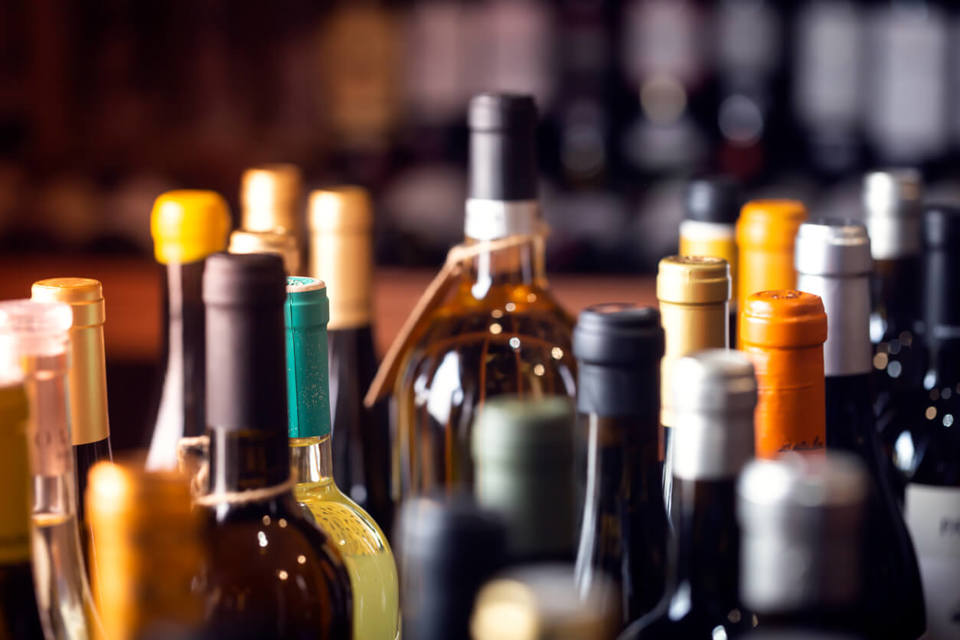Amanda Fitzpatrick It’s not possible to disclose exactly what actions would be taken, but each individual case would be examined in line with the company’s drug and alcohol policy and grievance and disciplinary policy.
Roslyn Cumming The company’s planned course of action should be clearly set out in company policy and communicated to all employees up front.
Brake’s recommendation is that the company should take a zero tolerance approach, so if a driver is tested and found to be over the limit, they should face dismissal, or at least cease any further driving duties for the company.
Should it be the driver’s responsibility rather than the company’s to ensure they are fit to drive?
Phil Clifford All of our drivers have been informed about the drugs and alcohol policy and their responsibility as a driver. If any of our staff come forward with a drug or alcohol problem, help can be given to them.
Amanda Fitzpatrick The primary responsibility is with the individual. The company should ensure that they have policies in place to ensure that the requirement and the consequences are clear.
Roslyn Cumming While it is the driver’s responsibility to ensure they are fit to drive, it is also the responsibility of the company to appropriately educate drivers and have the right policies in place to ensure drivers are clear that the company will not tolerate such behaviour such as morning-after drink-driving.
Company policy should be clear on what a driver should do if they find themselves in a situation where they are required to drive but are not safe to do so, i.e. have provisions in place to ensure employees are not pressured into driving unsafely.
What measures do you think fleets should take to make sure drivers are safe to drive the morning after?
Phil Clifford We carry out random tests periodically and if a driver is positive and is sent home they will be told not to drive home; if they ignore this advice we will report them to the police.
Amanda Fitzpatrick It’s important to have clear policies in place and that these are effectively communicated to all company drivers to make sure that they understand the consequences.
Roslyn Cumming Educate drivers and remind them regularly of the risks morning-after drink-driving presents.
This can be done, for example, through face-to-face training, posters at depots and in offices, messages in driver handbooks, information online e.g. via the company intranet, or reminders in pay slips.
Managers can attend a Brake Pledge course to equip them with the tools to deliver effective road safety training and ongoing campaigns to at-work drivers, including vital messages on drink-driving, and an online morning-after calculator, to encourage drivers to think about the length of time it’s likely to take before they are safe to drive after drinking alcohol the night before.
The Fleet News view
On average it takes about one hour for your body to rid itself of each unit of alcohol.
The IAM says that morning-after drink-drive collisions have increased by 60% in the past 10 years. In some cases, drivers had consumed ‘as little as three or four drinks’.
A clear fleet policy is essential, but also advise drivers to not to drink at all if they intend to drive and to avoid heavy drinking if they are driving the following day.


















Login to comment
Comments
No comments have been made yet.